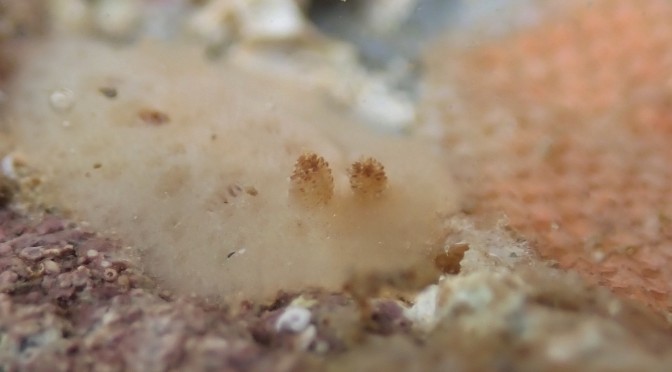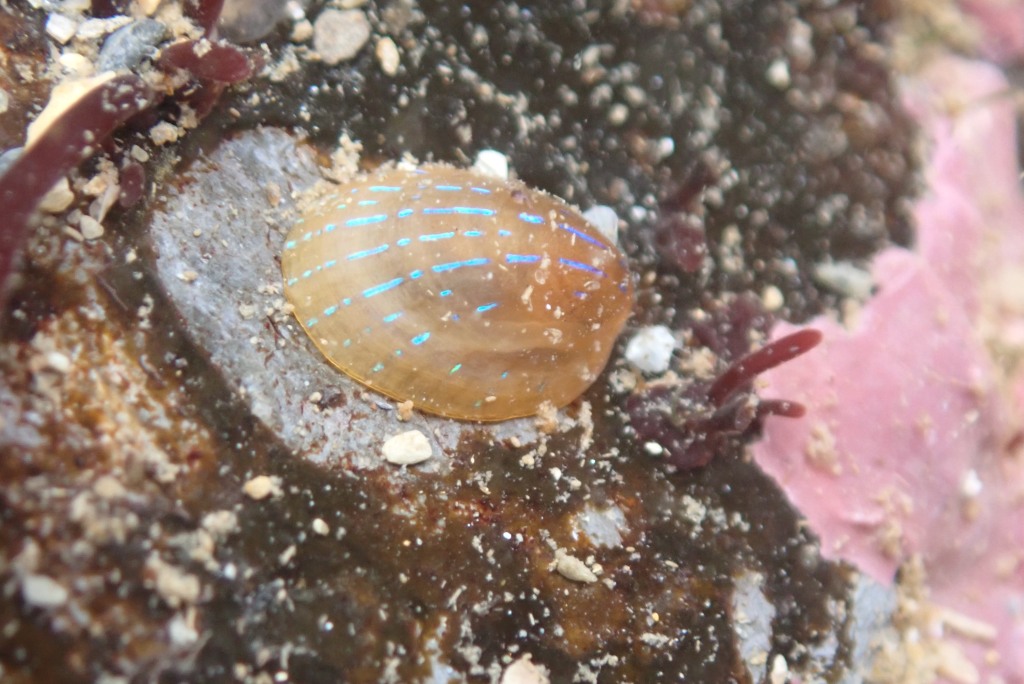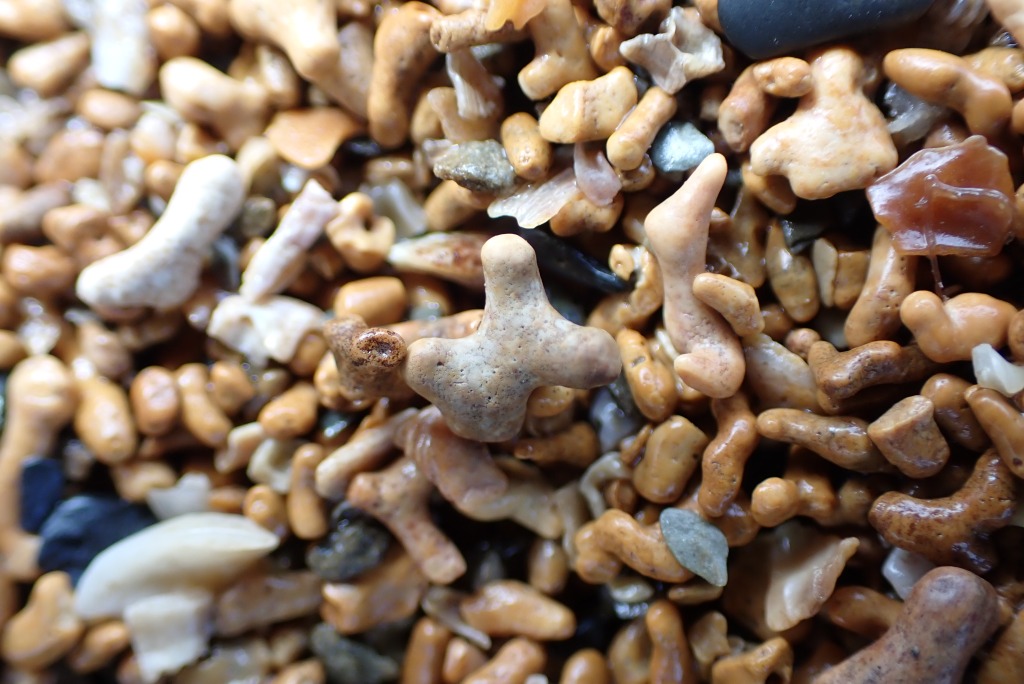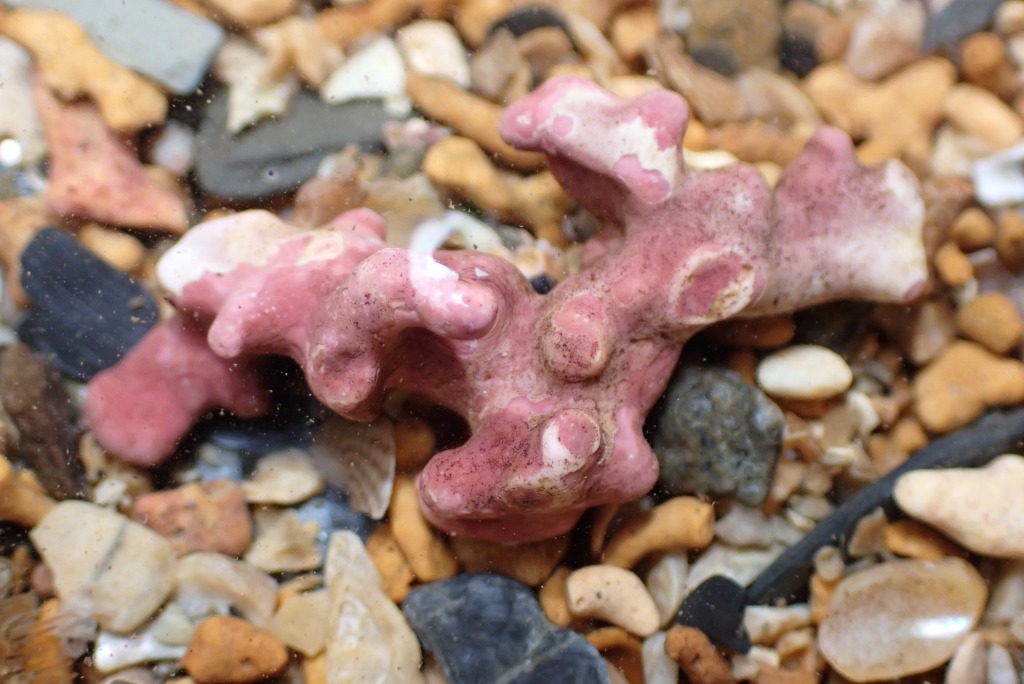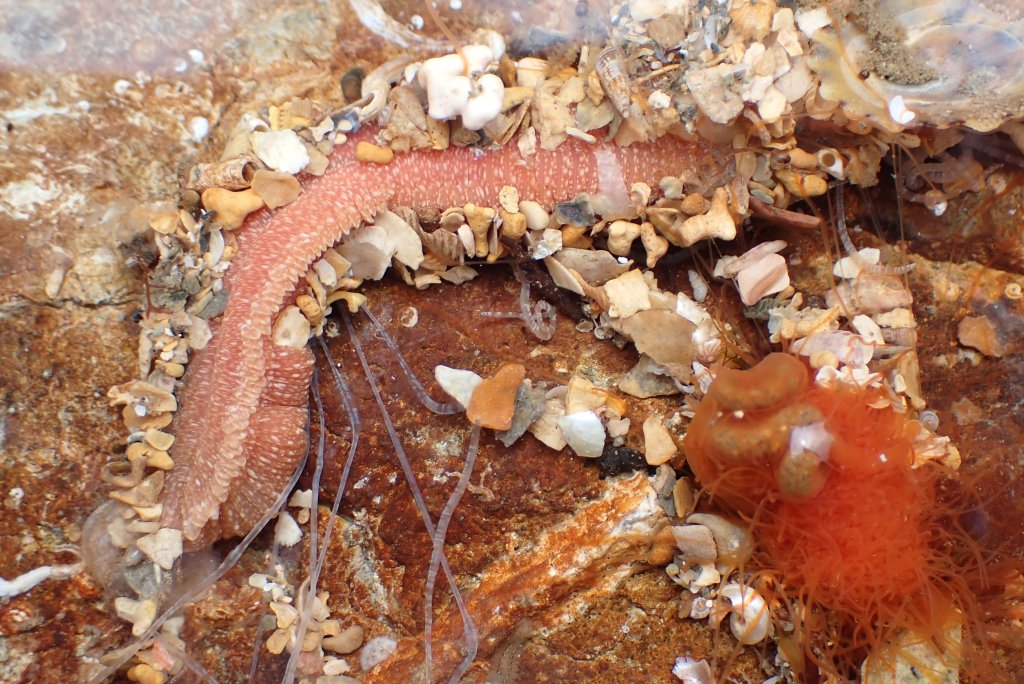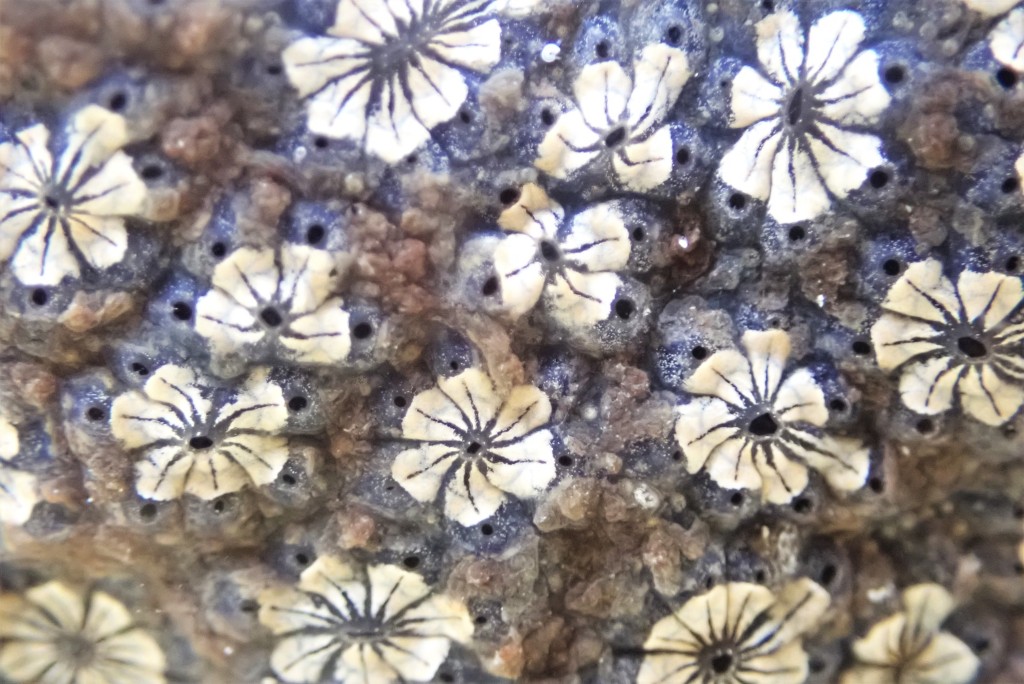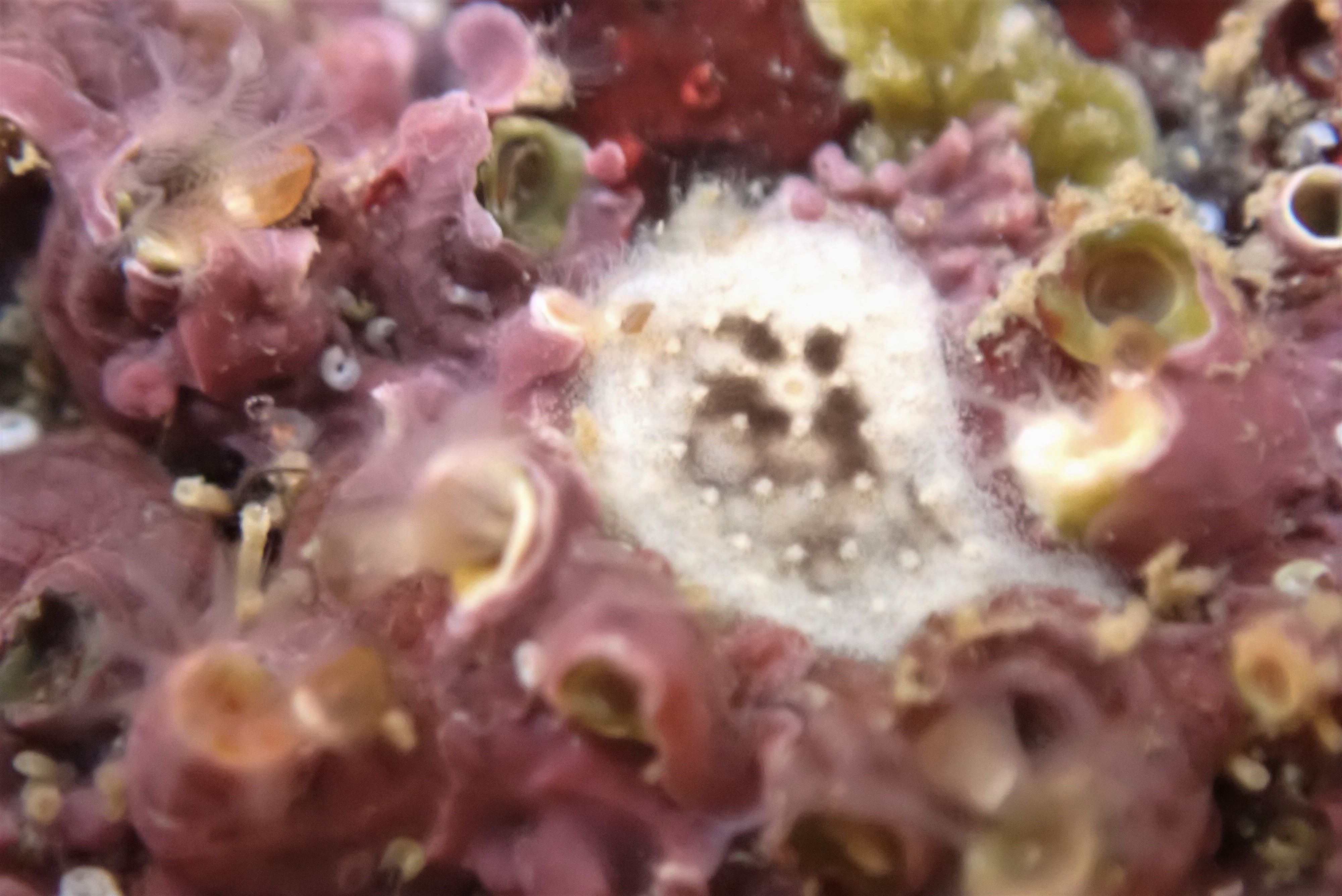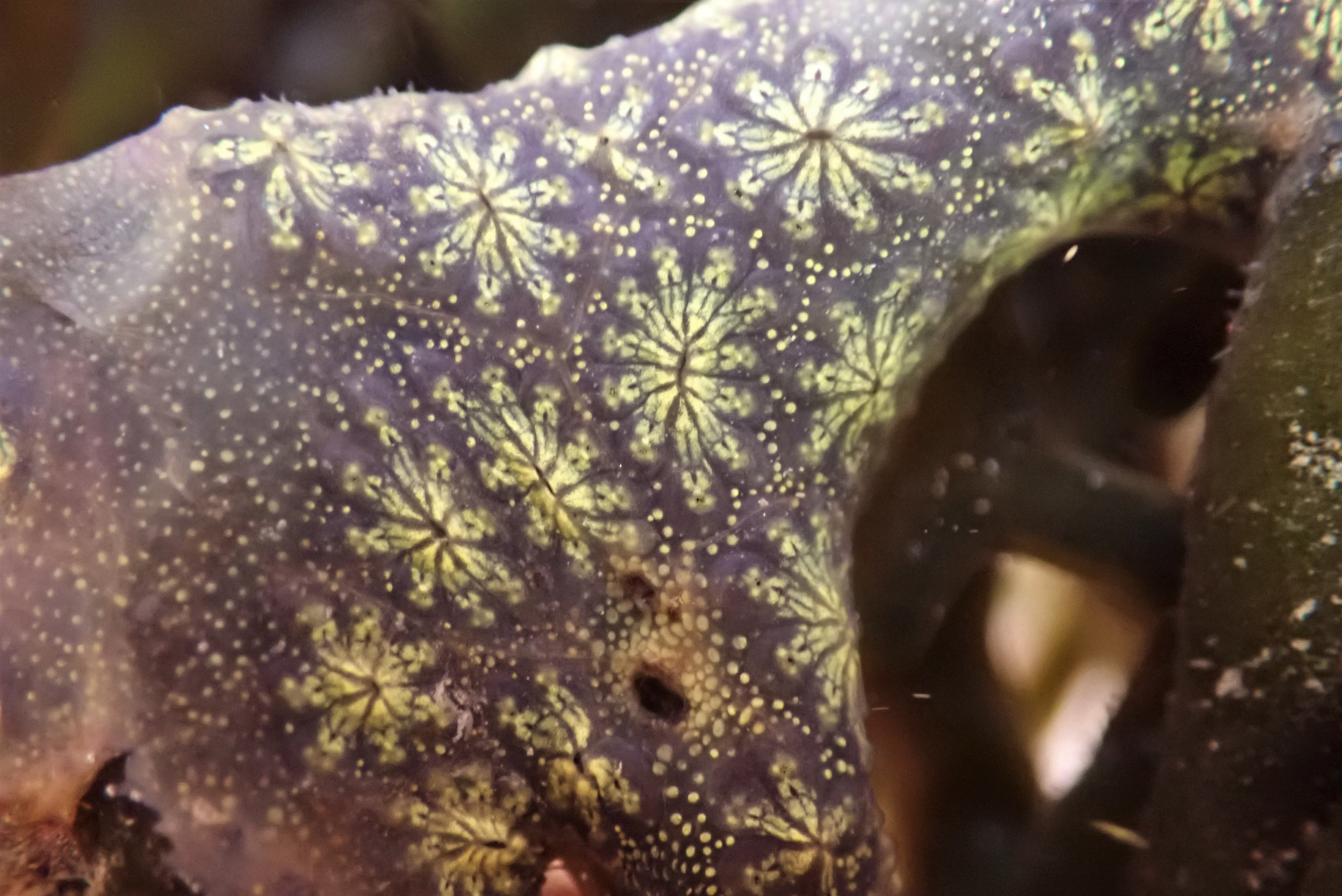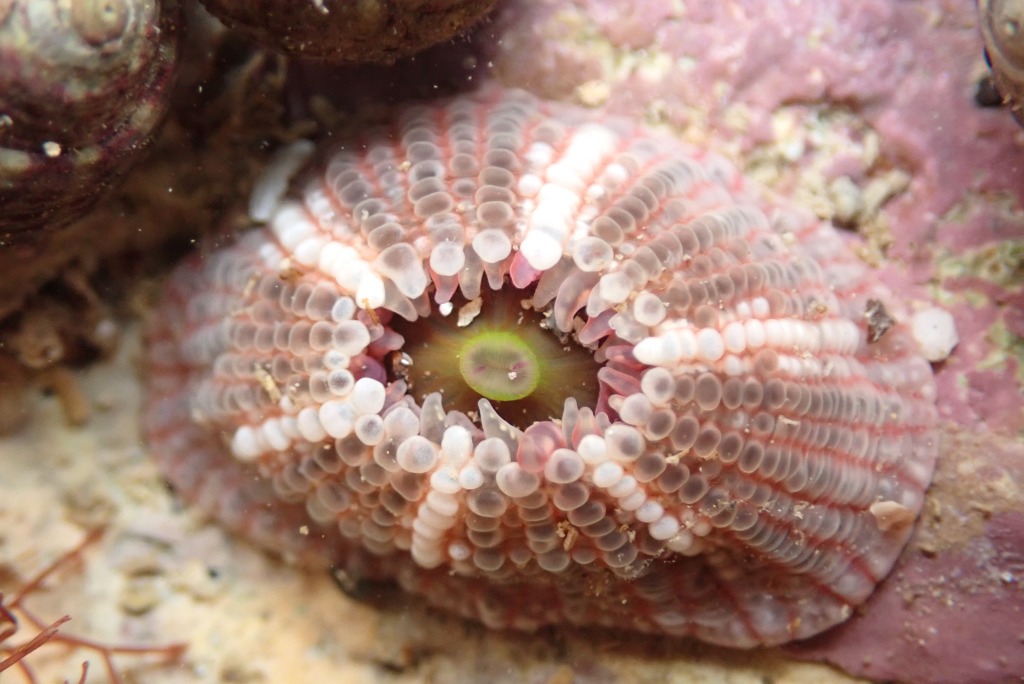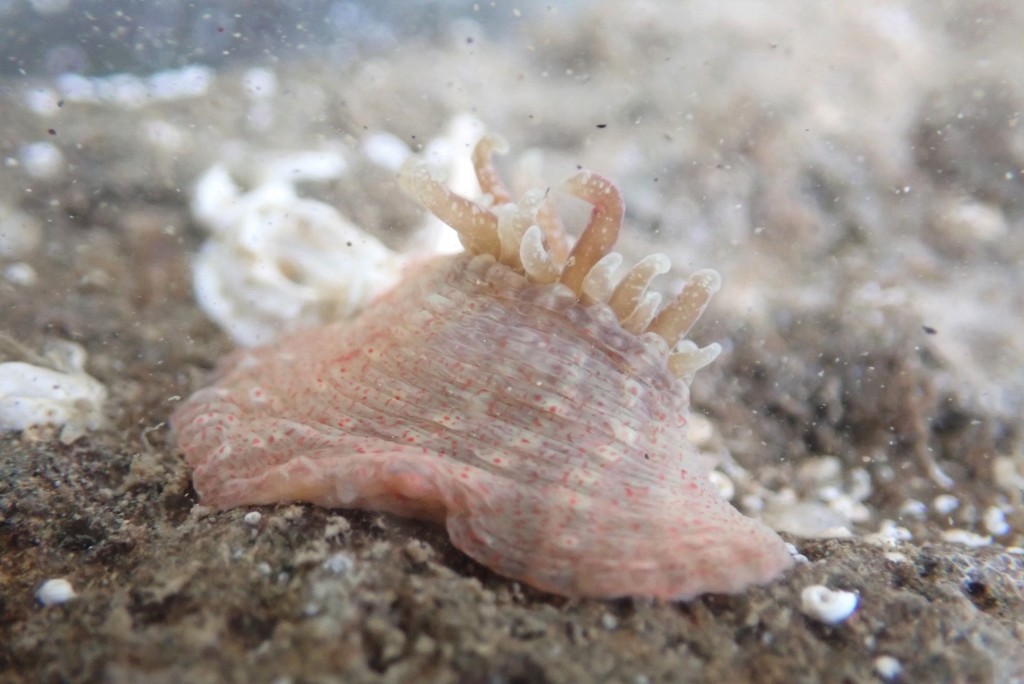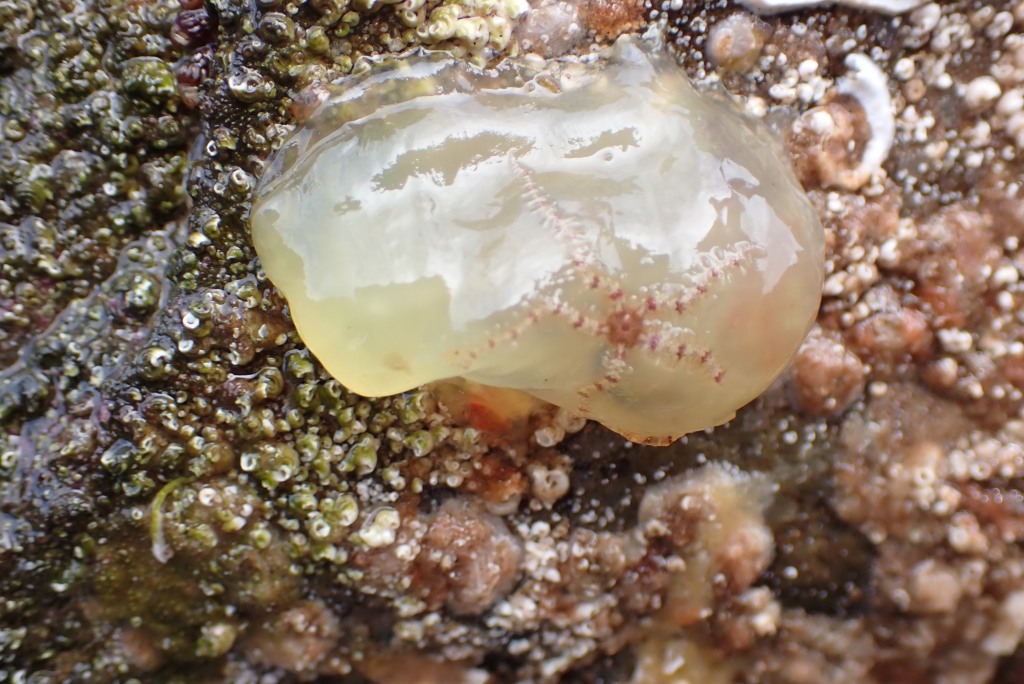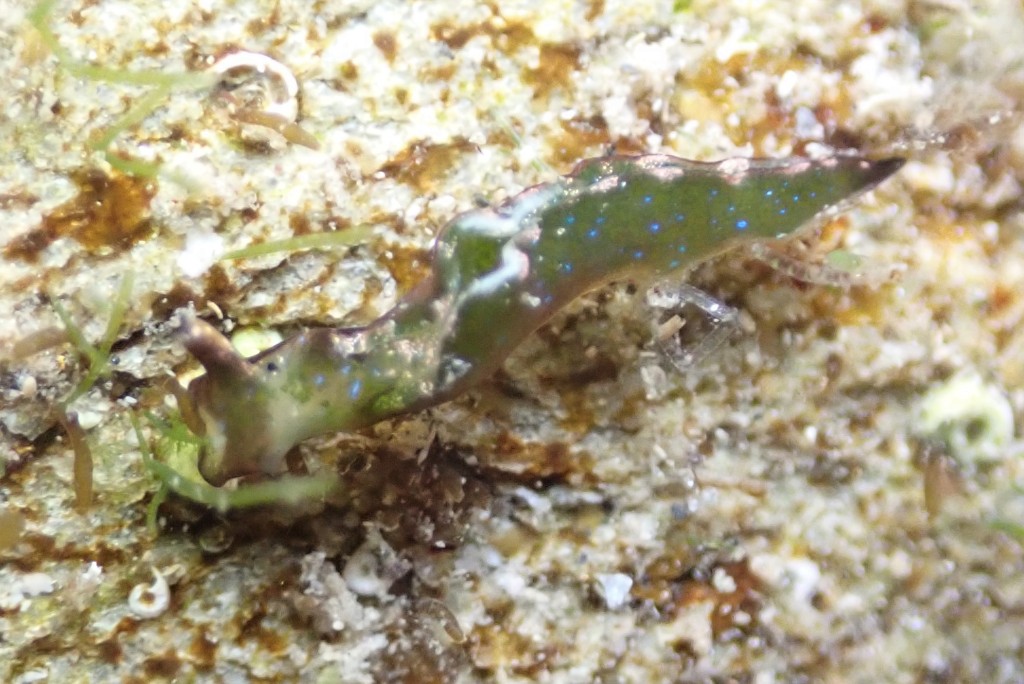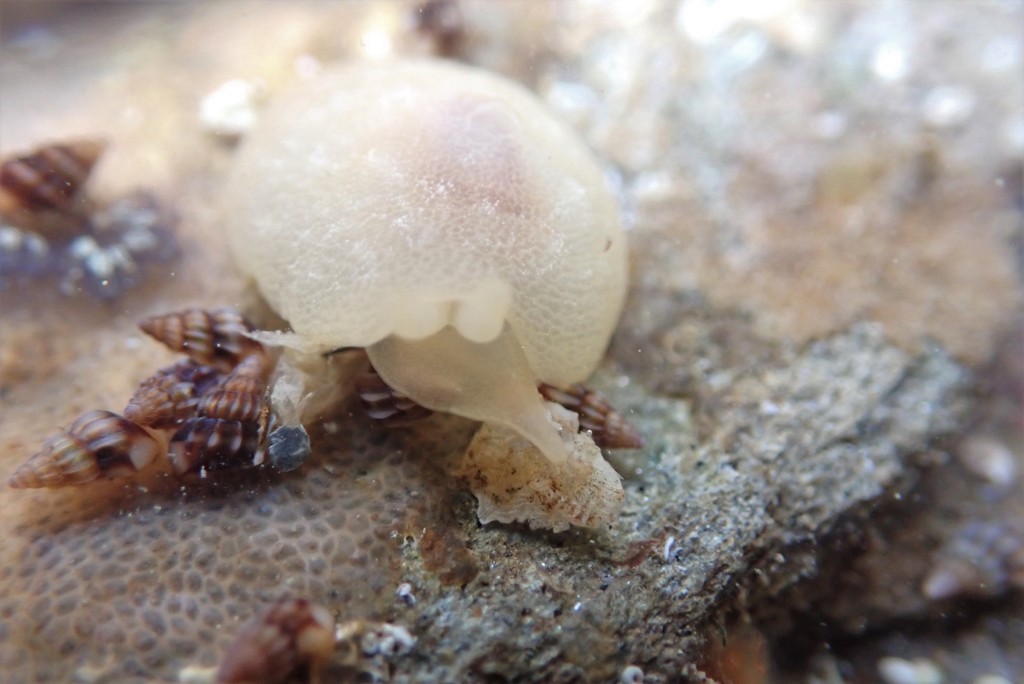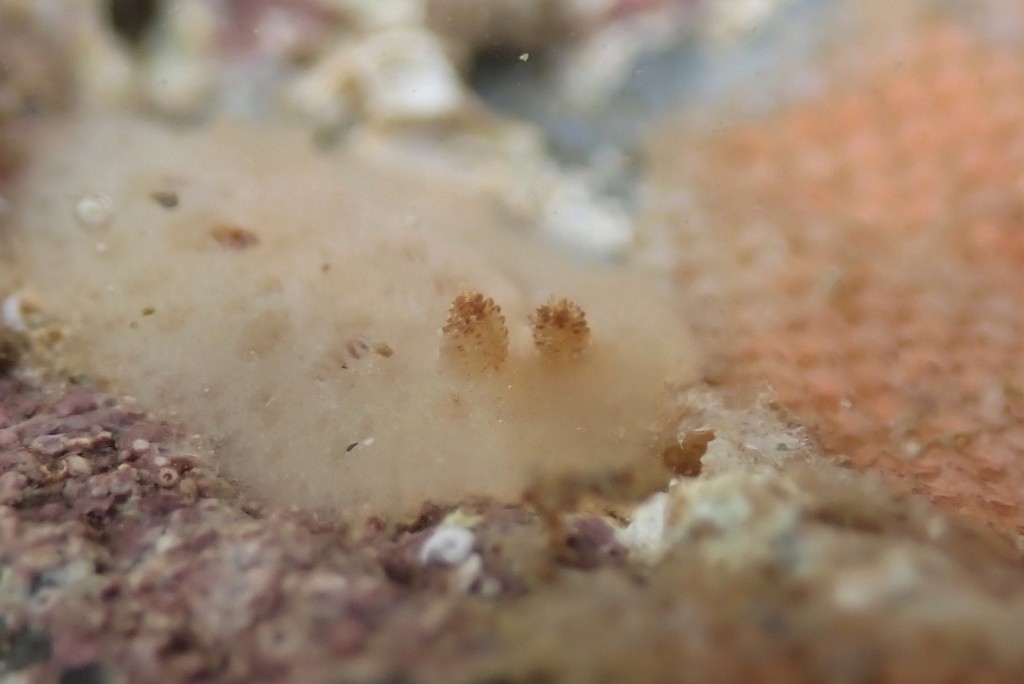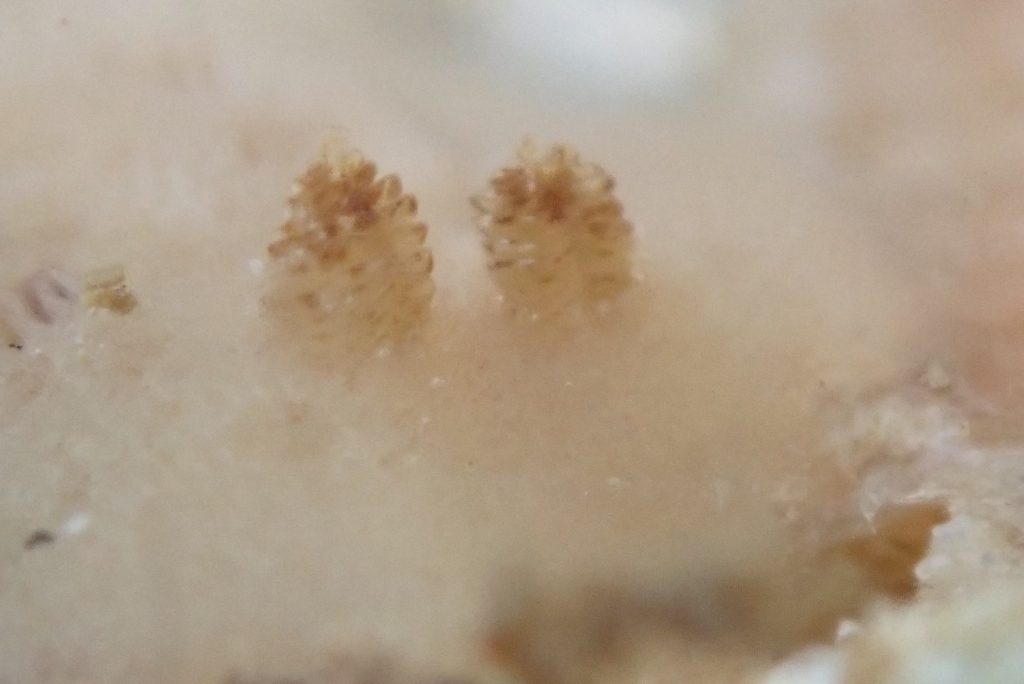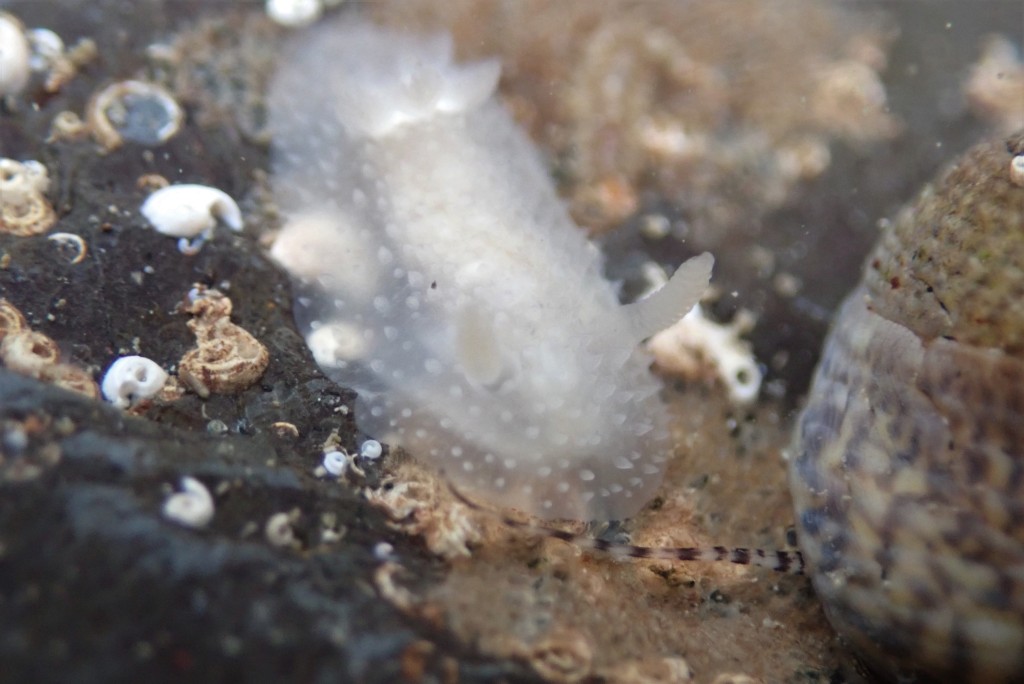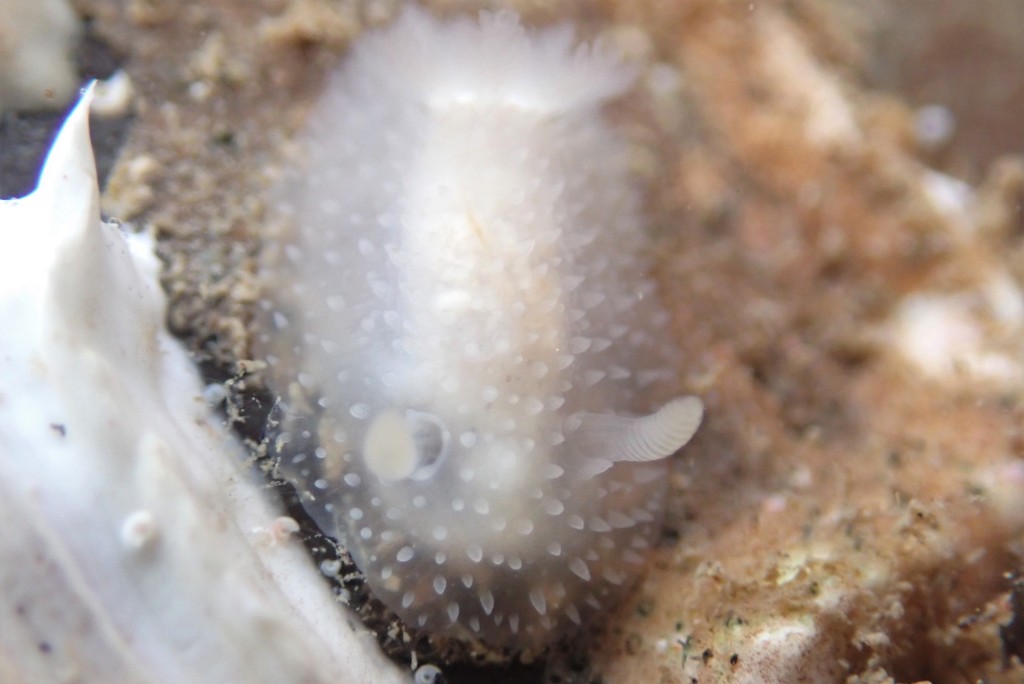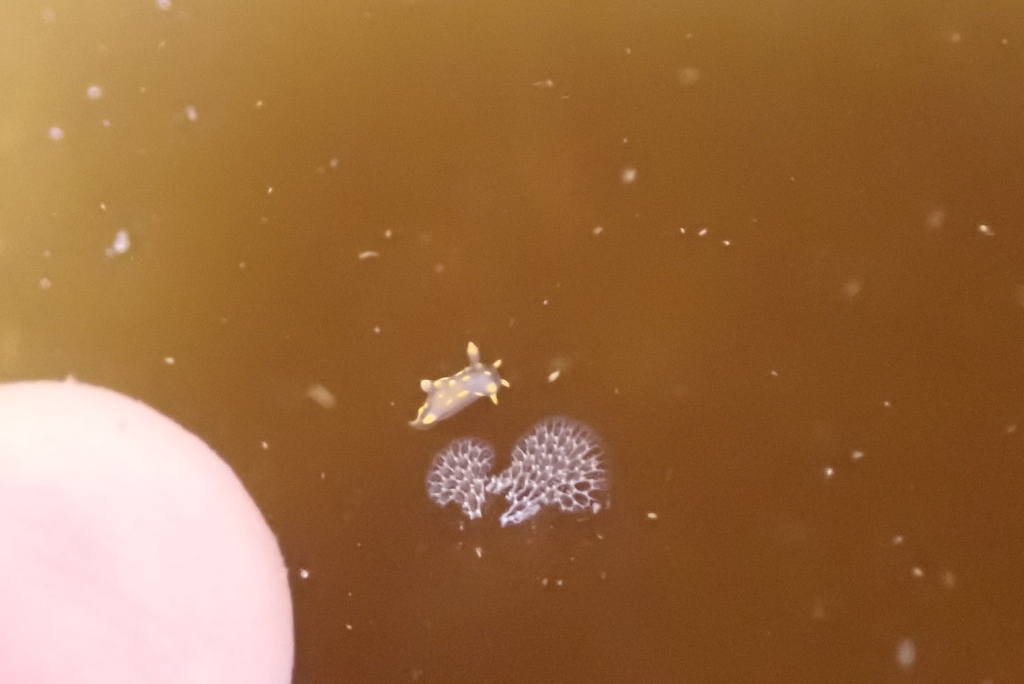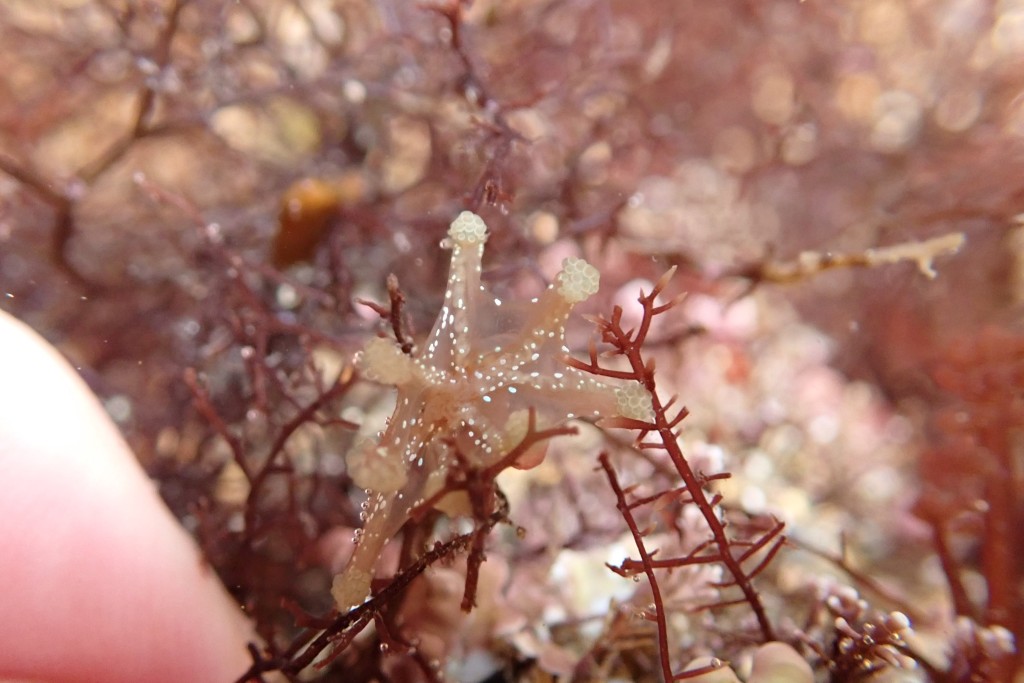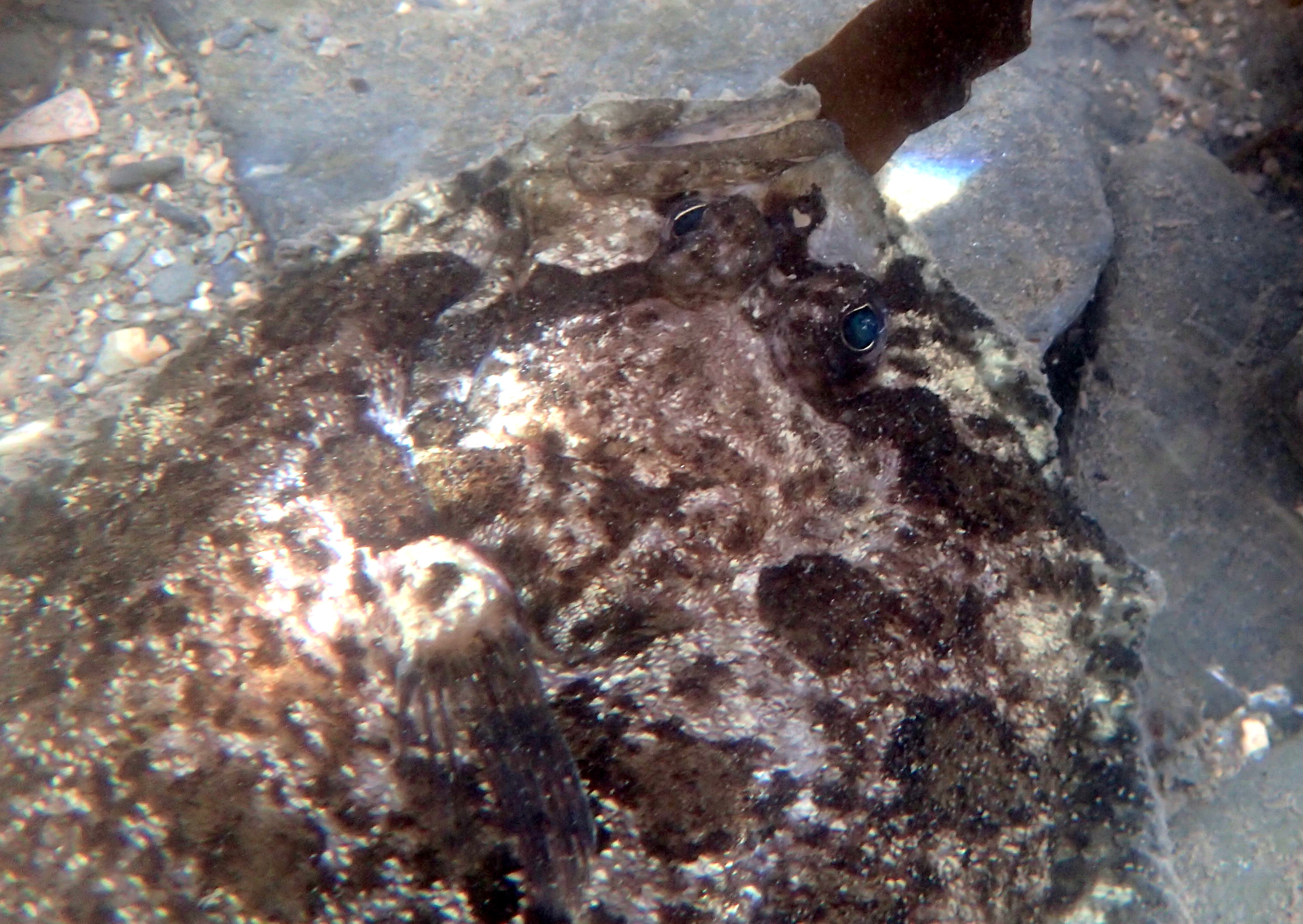After the summer rush, Cornwall is starting to breathe again. Our usual autumn trip to Brittany was cancelled months ago, but we’re making up for that with an exotic adventure to visit friends on the Lizard. Junior disappears off to play leaving some of us adults to our own devices. Rockpooling it is then!
We’re unsure how productive this session will be; there is a definite change in the air this week. Huge ships are still lurking in the shelter of the bay after the recent storms and kelp is starting to pile up on the strandline. The stiff breeze makes it hard to see into the pools at times and I’m glad of my waders to keep me warm and dry.
In the distance there is a small group, perhaps from Falmouth University or the Rock Pool Project. It’s an unusual sight this year. So many events have been cancelled. It makes me think of how my Wildlife Watch groups and how much the children have missed out on. I’m not ready for close contact with groups just yet, but perhaps it won’t be long now.
This is the season of blue-rayed limpets. They will soon grow and move down into the holdfasts of the kelp but for now they glitter against the seaweed on which they feed. Some fronds of kelp are pockmarked with holes that these tiny molluscs have carved out.
Things may be winding down for the winter but the intensity of colours on the shore is as strong as ever. Even the sand is a treasure trove, a kaleidoscope of shell fragments interspersed with pieces of the knobbly skeletons of calcareous algae. The closer I look the more I see.
There are three species of red seaweed that form beds of these loose pieces, collectively known as maerl. The top layer of live algae exposed to the light is a deep pink, while underneath the dead layers bleach to look like pale pretzel fragments. Offshore, these seaweed can form deep beds, which provide endless hiding places for small marine creatures.
This beach is always rich in brightly coloured worms, sea squirts, sponges and other animals that I tend to unscientifically group together as squidgy things. They aren’t all easy to identify – especially the sponges, which often require a microscope – but some creatures, like this strawberry worm (Eupolymnia nebulosa), are easy to recognise.
Unafraid to mix spots and stripes, this lipstick pink terebellid is one of the most glamorous worms on the shore. It sports a fringe of stylish bristles and crowns its unique look with an expansive mop of tentacles and bushy red gills.
Elsewhere, some of the rocks and seaweeds are covered in a layer of squidgy things.
The eye-catching collage of flower shapes created by colonies of star ascidian sea squirts seem like they have been painted onto every surface. I can’t help taking photos of each new colour scheme.
Scroll through this slideshow to see some of the different star ascidian colours…
Looking at one thing leads to another. Next to a patch of star ascidian, my friend notices an odd-looking brown blob. It is plant-like: brown, stumpy and gnarled like an old stem.
Despite appearances, this is a distant cousin of the star ascidian. Styela clava, sometimes known as the leathery sea squirt or the clubbed tunicate, is a single animal rather than a colony of zooids. It arrived in the UK 1950s. Originally from the North West Pacific region, it is known to sometimes cause problems by growing in huge numbers on mussel farming ropes.
A movement draws my attention back to the star ascidian.
I sometimes spot the sea squirts opening and closing their siphons, but this is a larger shift. There is another squidgy animal at work here.
A flatworm is flowing across the surface of the sea squirt, moulding its body to the ridges and slopes as it goes. The worm is a fabulous midnight blue, flecked with yellow, yet it blends so perfectly with the colours of the star ascidian that I can’t make out its edges.
There are several flatworms on the sea squirt, but it is only when one ventures onto the rock that I can see it properly.
More blobby treasures abound on this shore: gem anemones, red speckled anemones, yellow-ringed sea squirts, golf ball sponges and more.
There is never enough time to see everything before the tide returns, so I focus on looking for all my favourite squidgy creatures of all – sea slugs.
The autumn isn’t the best time of year for sea slugs, however my friend, Other Half and I are the most dedicated little gang of slug-finders you could hope to meet. With great shrieks of delight, we uncover a few in the course of our explorations.
Slugs don’t have an especially cuddly reputation, but the Jorunna tomentosa is covered in tiny hair-like structures that make it look like a teddy bear to my eye. Even its rhinophores have a fuzzy look about them. There is a good reason for this sea slug’s appearance: all that fluffiness is perfect for hiding on the sponges that it eats.
It’s clearly a good day for ‘hairy’ slugs because my next find is a bright-white fluffy sheep of a slug, the Acanthodoris Pilosa. Nudibranch slugs are a likeable bunch, but this one is especially appealing with its floofed-up gills and those towering rhinophores balancing on its head like two leaning helter-skelters.
It won’t be long before the autumn gales rage through, bringing the darker winter days behind them. It is strange to think of these tiny squidgy things clinging on here through everything the Atlantic will throw at them. By the time the spring sunshine returns, I may be able to start leading Wildlife Watch groups again. It will be exciting to make up for lost time.
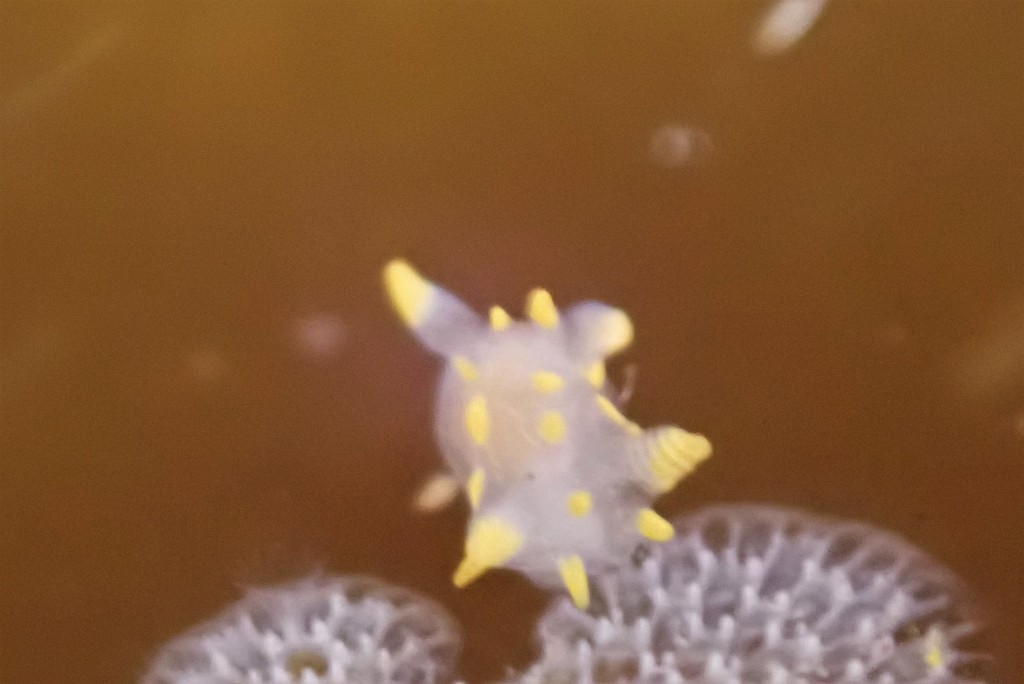
Whatever the weather, always stay safe in the rock pools. Follow my rockpooling tips to look after yourself and the wildlife on the shore.
This website is a labour of much love and the content is available for free to everyone. My wonderful readers often ask if there is a way to support my work. You can now ‘buy me a coffee’ through my Ko-fi.uk page. (Just click donate and you can set the amount to pay by PayPal). Thank you!

